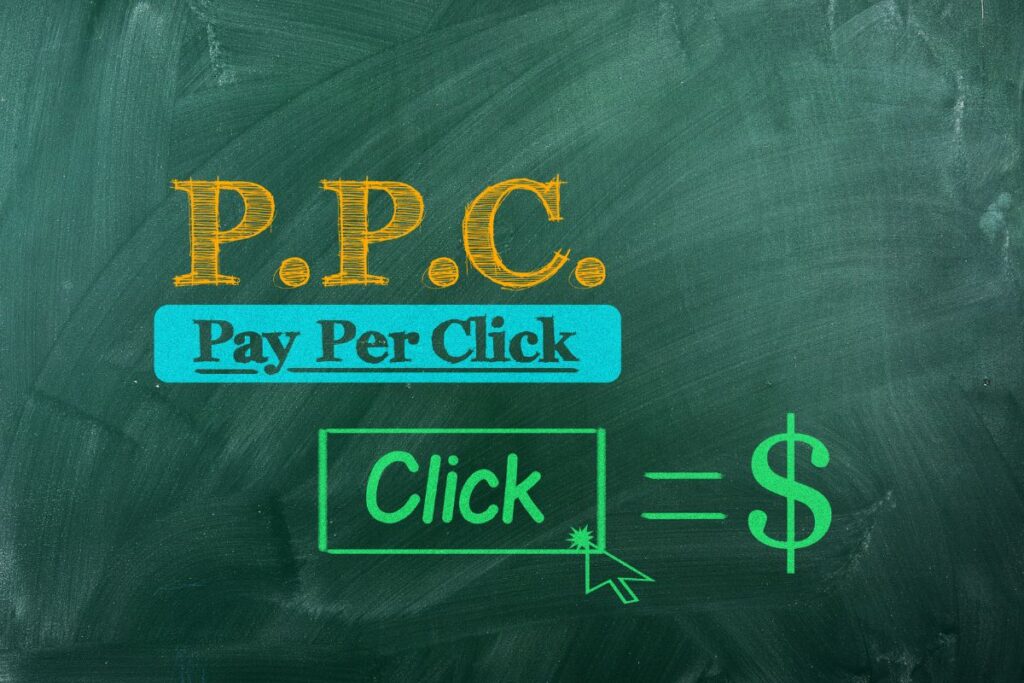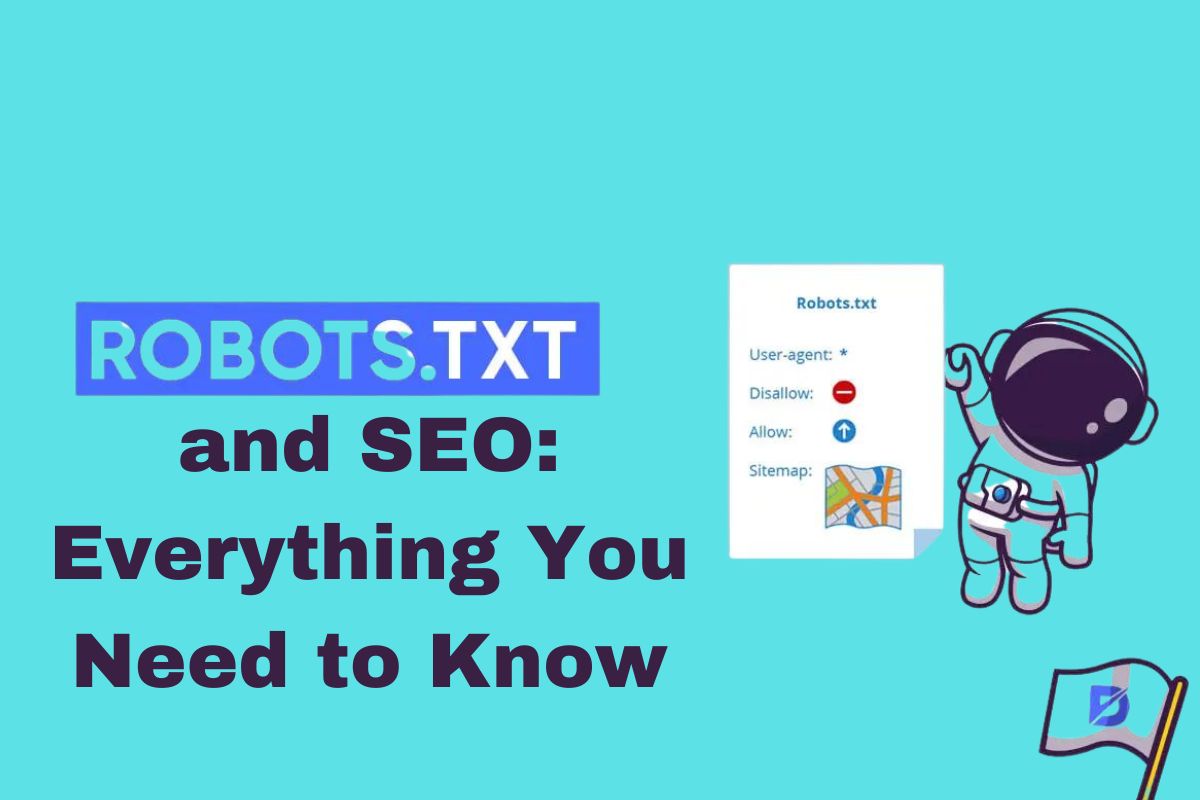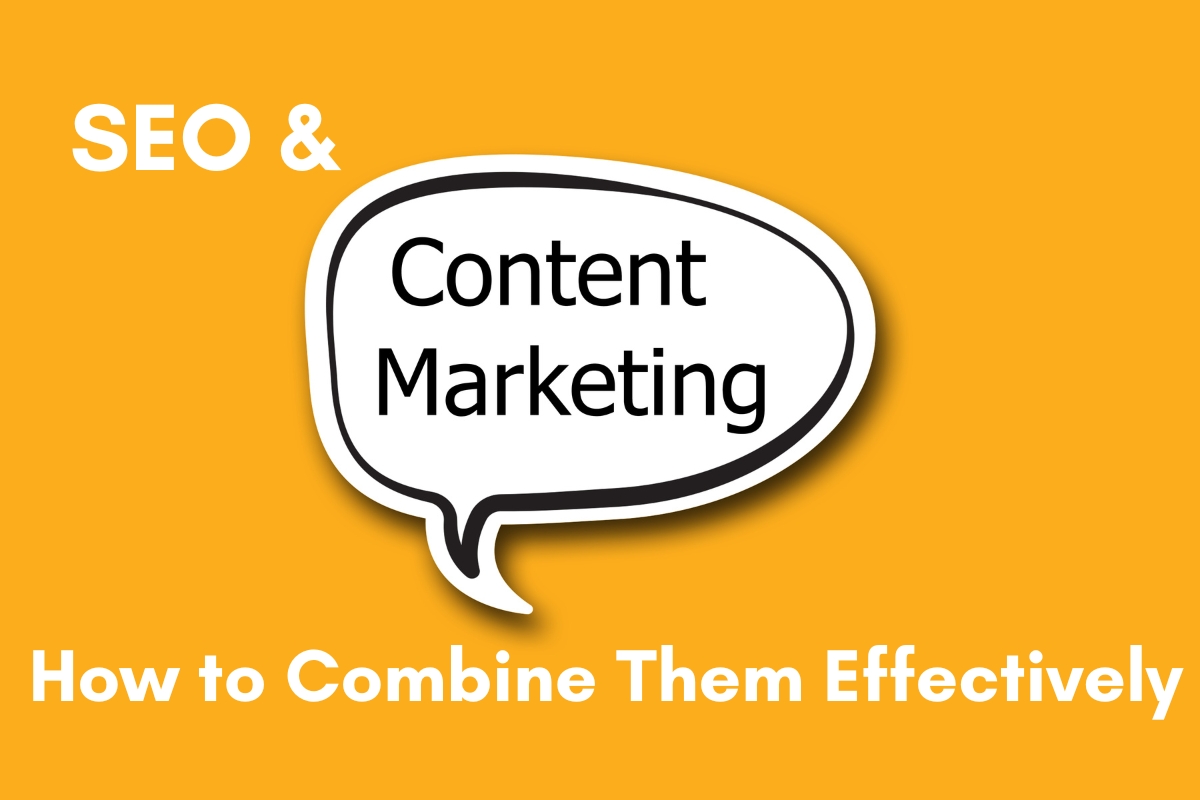Businesses constantly experiment with new approaches to reach their target audience and accelerate growth in the dynamic digital environment of today. Pay-per-click (PPC) advertising has set itself among such strategies as a successful way for businesses that attract new customers, increase the visibility of brands, and eventually accomplish business objectives. This essay will go into the subject of PPC advertising, analyzing its essential components and describing how it may convert clicks into loyal customers.
Exploring the Key Concepts of Pay-Per-Click Advertising
Defining Pay-Per-Click (PPC) Advertising
PPC, or pay-per-click, is a type of digital advertising where advertisers are billed a fee each time their ad is clicked. By bidding for ad placement in search engines, social media networks, and other websites, businesses can make sure that their advertisements are prominently displayed when visitors search for appropriate keywords or visit websites that are relevant to their products or services.
Keywords: The Building Blocks of PPC
Keywords are the phrases or terms users type into search engines while looking for certain information or solutions, and they are the foundation of PPC advertising. To determine the keywords that are most relevant to their product or service offerings, advertisers do extensive keyword research. These keywords then serve as triggers for when their advertisements appear to potential clients.
Ad Auctions and Bidding
In the background, a quick ad auction occurs when a user starts a search. The keywords that advertisers want to target are bid on here. The bid amount is an advertiser’s maximum willingness to pay for a click on their ad. The highest bid isn’t the only factor in an auction’s result, though. Additionally, search engines take into consideration the ad’s quality, relevancy, and overall user experience. This ensures that customers only see advertisements that actually relate to their requirements.
Ad Rank and Ad Position
The position of the advertisement on the search engine results page is determined by the outcomes of the ad auction. Prime ad placements go to advertisers with higher ad ranks, which are determined by the amount of the bid, the quality of the ad, and its relevancy. As a result, ads have a higher chance of showing up at the top of the page, increasing their visibility and the possibility that users would click on them.
Types of Pay-Per-Click Advertising
PPC advertising is available in a variety of formats, each of which caters to particular platforms and user behaviors:
Search Ads: Specific keywords cause these advertisements to display on search engine results pages, frequently at the top or bottom of the page. They work especially well for attracting visitors who are actively looking for a particular product or service.
Display Ads: Display advertising can be found on applications, blogs, and websites inside a network and is visually appealing. To attract clients and increase awareness of the brand, they make use of both visuals and written content.
Social Media Ads: In the user feeds of social media sites like Facebook, Instagram, and Twitter, sponsored postings are offered. To target a specific audience, these advertisements make use of user demographics and interests.
Remarketing/Retargeting: The strategy involves displaying advertisements to website visitors who have previously visited your site without making a purchase. It aims to reactivate their interest and promote conversion.
Landing Pages and Conversion
Ad-clicking is only the first step. Businesses require well-designed landing pages in order to convert clicks into consumers. When a user clicks on an advertisement, they are brought to a specific web page called a landing page. It should provide a smooth experience and be relevant to the ad’s content. The objective is to direct visitors toward a desired action, such as purchasing something, completing a form, or subscribing to a newsletter.
Measuring Success: Key Metrics in PPC
Tracking and analyzing key performance data are essential for determining a PPC campaign’s success.
Click-Through Rate (CTR): CTR evaluates the number of viewers who click on an advertisement after viewing it. By dividing the number of clicks by the number of ad impressions (the number of times the ad was displayed), it is determined.
Conversion Rate: This indicator shows the percentage of users who followed through on an ad click by performing the desired action, such as making a purchase. It is calculated by dividing the total conversions by the total clicks.
Cost-Per-Click (CPC): The CPC stands for the actual cost that an advertiser pays when a user clicks on their ad. It is decided by the competitive bidding process and the quality score of the advertisement.
Return on Ad Spend (ROAS): ROAS analyzes the total sum of money made from each dollar spent on advertising. It assists with assessing the campaign’s financial success.
Optimizing for Success
The area of PPC advertising is one where ongoing improvement is necessary. In order to maximize results, advertisers should periodically review their campaigns, examine performance information, and make any required adjustments. This might include improving keywords, experimenting with various ad variants, and modifying bidding strategies.
Conclusion
In the digital era, pay-per-click advertising is a dynamic and successful strategy for promoting business growth. Businesses may develop effective campaigns that not only get clicks but also convert those clicks into valued customers by understanding the core components of keywords, bidding, ad quality, and user experience. PPC may be an effective tool in an effort for long-term business growth with the correct strategy in place and a dedication to continuing optimization.
Frequently Asked Questions
- What exactly is Pay-Per-Click (PPC) advertising?
In the pay-per-click model of digital marketing, marketers are charged a fee each time their advertisement is clicked. Instead of attempting to earn those views naturally, it allows you to purchase visitors to your website.
- What are keywords in PPC advertising?
When people are looking for information, they enter particular phrases or words into search engines known as keywords. To make sure that their ads are seen by the right people, advertisers target these keywords.
- Are there different types of PPC ads?
Yes, there are numerous PPC ad types, such as search advertisements that show up in search engine results, display ads that are visually appealing and appear on websites, social media ads on sites like Facebook, and remarketing ads that target previous visitors to your website.
- How do landing pages impact PPC success?
Because people are routed to landing pages after clicking on an advertisement, they are necessary. Visitors can be directed toward a particular action, such as completing a purchase or filling out a form, through a well-designed, relevant landing page.
- What’s the difference between CTR and conversion rate?
The percentage of viewers who click on an advertisement after seeing it is measured by the click-through rate (CTR), but the percentage of users who carried out a desired action, like making a purchase, after clicking on the advertisement is measured by the conversion rate.
You might find it interesting to learn about the differences between various advertising platforms as you go more into the subject of PPC advertising. Explore the information in our article, “Google Ads vs. Facebook Ads: Which is Right for You?” to get a full understanding of how to pick the best platform for your company.






